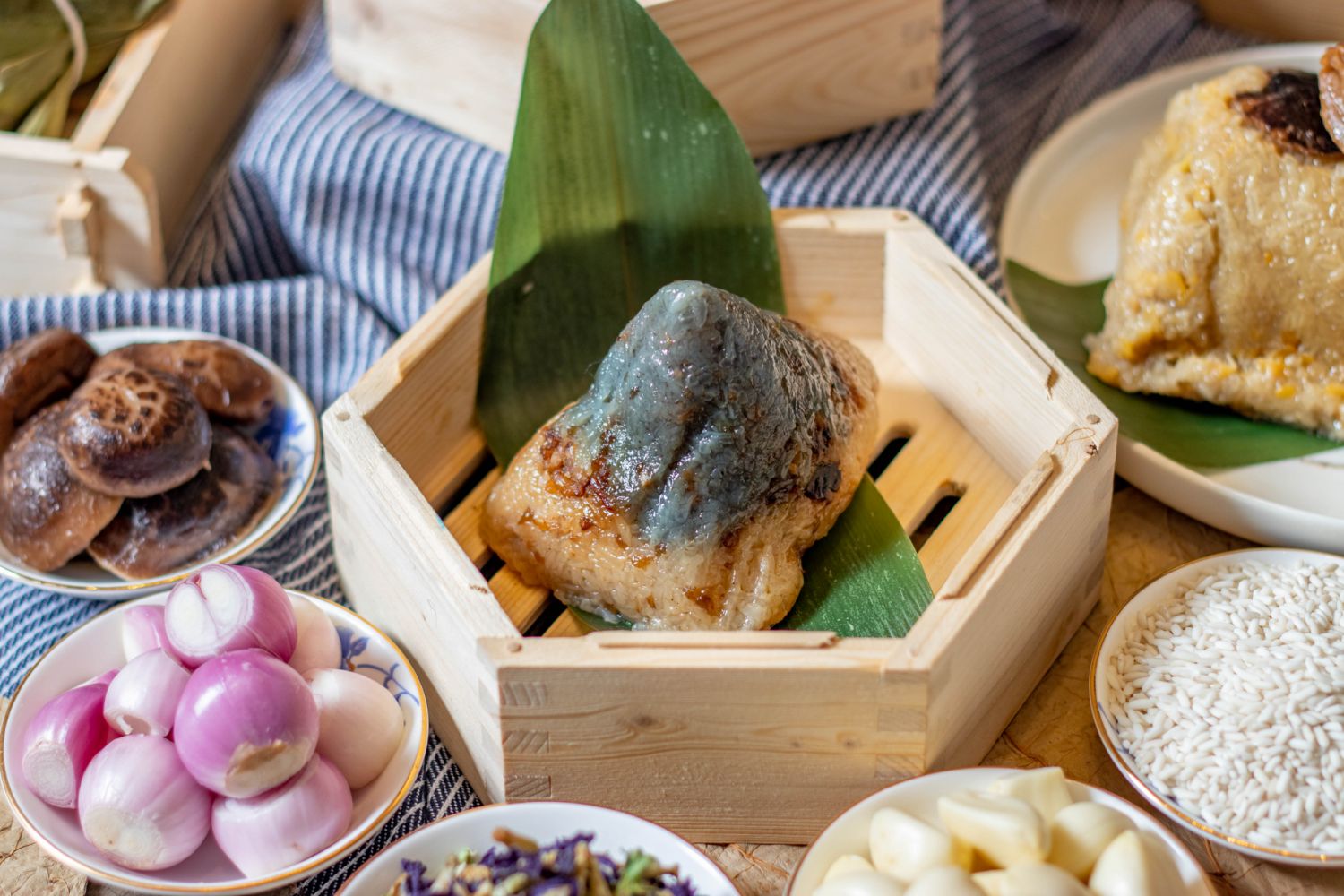Chef Dino Lee of Jade Pavilion enlightens on the types of bak chang to enjoy this Dragon Boat Festival
The Dragon Boat Festival, also known as the Duanwu Festival, is a traditional Chinese holiday with a history of more than 2,000 years. The festival is celebrated annually on the fifth day of the fifth month of the lunar calendar.
Read more: Guide to the Best Hot Pot Restaurants in the Klang Valley
With the festival just around the corner, it's time to brush up on our knowledge of rice dumplings or, as the Chinese call it, bak chang or zongzi. Tatler reaches out to Dino Lee, the dim sum chef of Jade Pavilion at Pavilion Hotel Kuala Lumpur Managed by Banyan Tree for some insight.

What is the origin of rice dumpling?
Rice dumpling relates to the legend of Qu Yuan, a poet and scholar who was beloved by the people for his patriotism. When the locals heard he sacrificed himself in the Milou River, they threw cooked rice into the river to prevent the fish from eating his body.
How many different types of rice dumplings are there?
There are many types with different combinations of ingredients unique to each place, culture, and tradition. In general, there are three main types: kee chang, bak chang and nonya chang.
See also: The Stories Behind Mid-Autumn Festival


